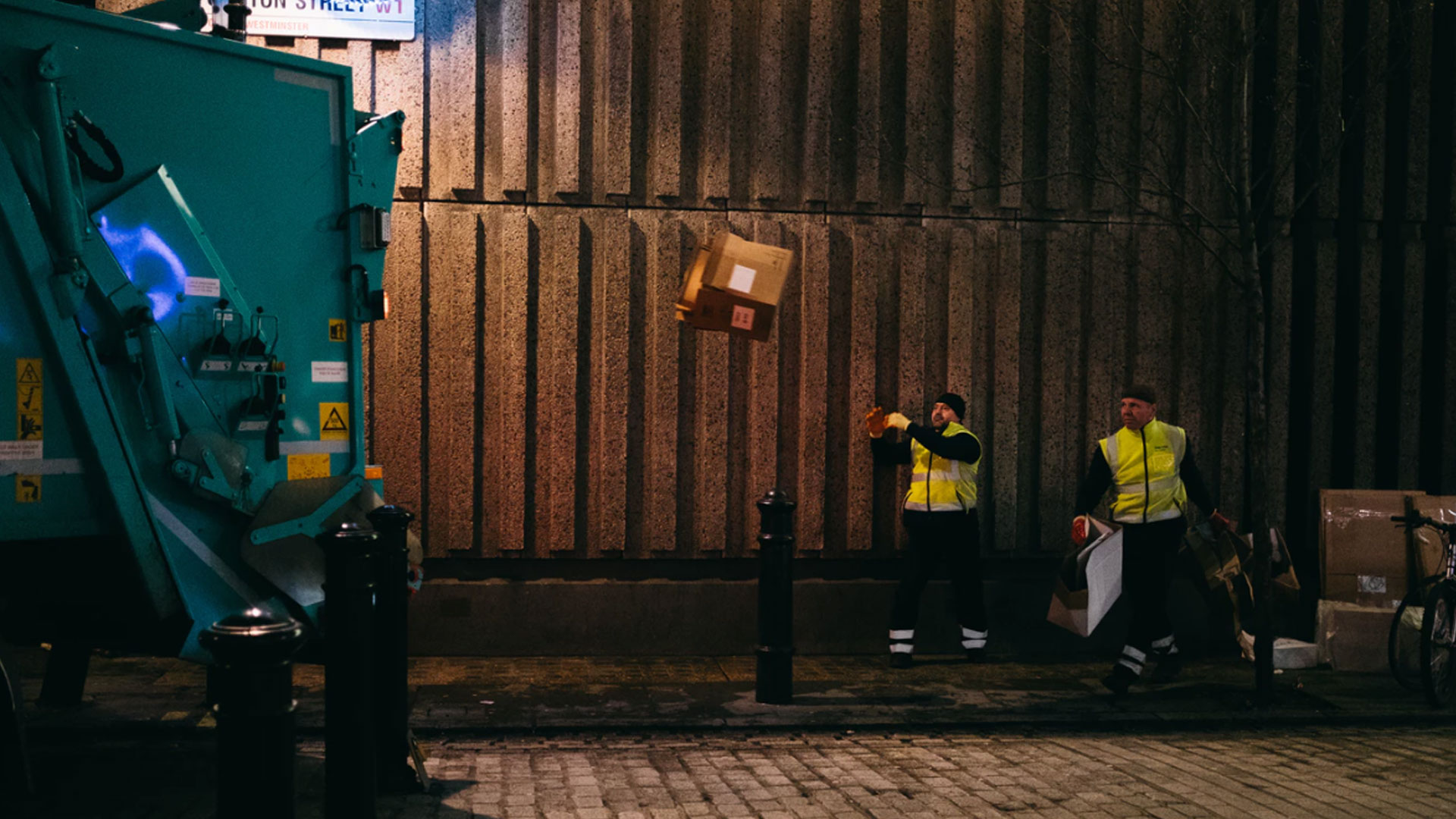Tackling Climate Change: 3 Ways To Reduce Waste Dumping
Emissions from landfills account for 5% of total global emissions and […]
Emissions from landfills account for 5% of total global emissions and 12% of methane production worldwide.
The latter is a greenhouse gas that is 28 times stronger than carbon dioxide emissions. Finding sustainable ways to tackle waste management is crucial to arrest the impact of climate change. New technologies to recycle and reduce landfill dumping can lower greenhouse emissions drastically while techniques to convert solid waste into usable energy can ensure a sustainable supply of power while decreasing dumping of trash in an already fragile environment.
Recycling reduces waste
The 3 R’s in waste management – reduce, reuse, recycle are in an ideal world, the workable solution to reduce rubbish. Reducing waste at the source is helpful by using less packaging in products. Reusing materials instead of dumping them in bins assists in lowering the amount of trash. A third action is to recycle waste materials that are thrown in the dumpster. The amount of garbage that can be salvaged reduces dumping in approved landfills. Although recycling, reducing and reusing waste might appear to be easy, it is not a common approach in poor countries where technology and know-how are lacking to manage waste effectively. The global municipal solid waste (MSW) generation levels are currently at 1.3 tons per year projected to increase to 2.2 billion by 2050 according to the World Bank Group. This means that every person on the planet produces about 1.2-1.42 kg of waste per day based on the same report.
Composting can reduce landfill dumping
The 4th R that must be considered is to recover usable materials from waste. Segregating waste at the source can help achieve this target, but where this is not possible, there are ways to reduce landfill dumping. Composting in backyards is a form of resource recovery and can reduce the amount of trash that is dumped in landfills lowering methane production. It is the organic content of waste that produces the harmful gas. Composting also offers a viable alternative to fertilization without using chemicals making it a win-win situation. In developed economies, recovery rates are higher compared to poorer nations because the technology and equipment are available. For example, roll off dumpster rental near Lititz, Mannheim, Ephrata, Denver and Adamstown in Lancaster County, Philadelphia ensure that towns are kept clean and free from rubbish.
Waste to energy via combustion
Another way to limit the quantity of rubbish thrown into landfills is to convert waste materials into energy sources. This is done through combustion or burning of waste. There are over 800 incinerator plants worldwide that burn waste to reduce the volume of trash to an impressive 4% as the total amount dumped in landfills according to Wastewise.be. In countries such as France, Sweden, Switzerland, and Denmark among others, 50% of unrecycled waste is sent to incinerators that produce electricity and heat.
Solid waste management is a tricky issue that affects everyone on the planet. The adoption of technologies to reduce, recycle, reuse and recover waste is essential to mitigate the pressures on the environment and reduce the effects of climate change. Continuous search for better technologies and conversion of waste products must continue to attain zero waste in the future.
